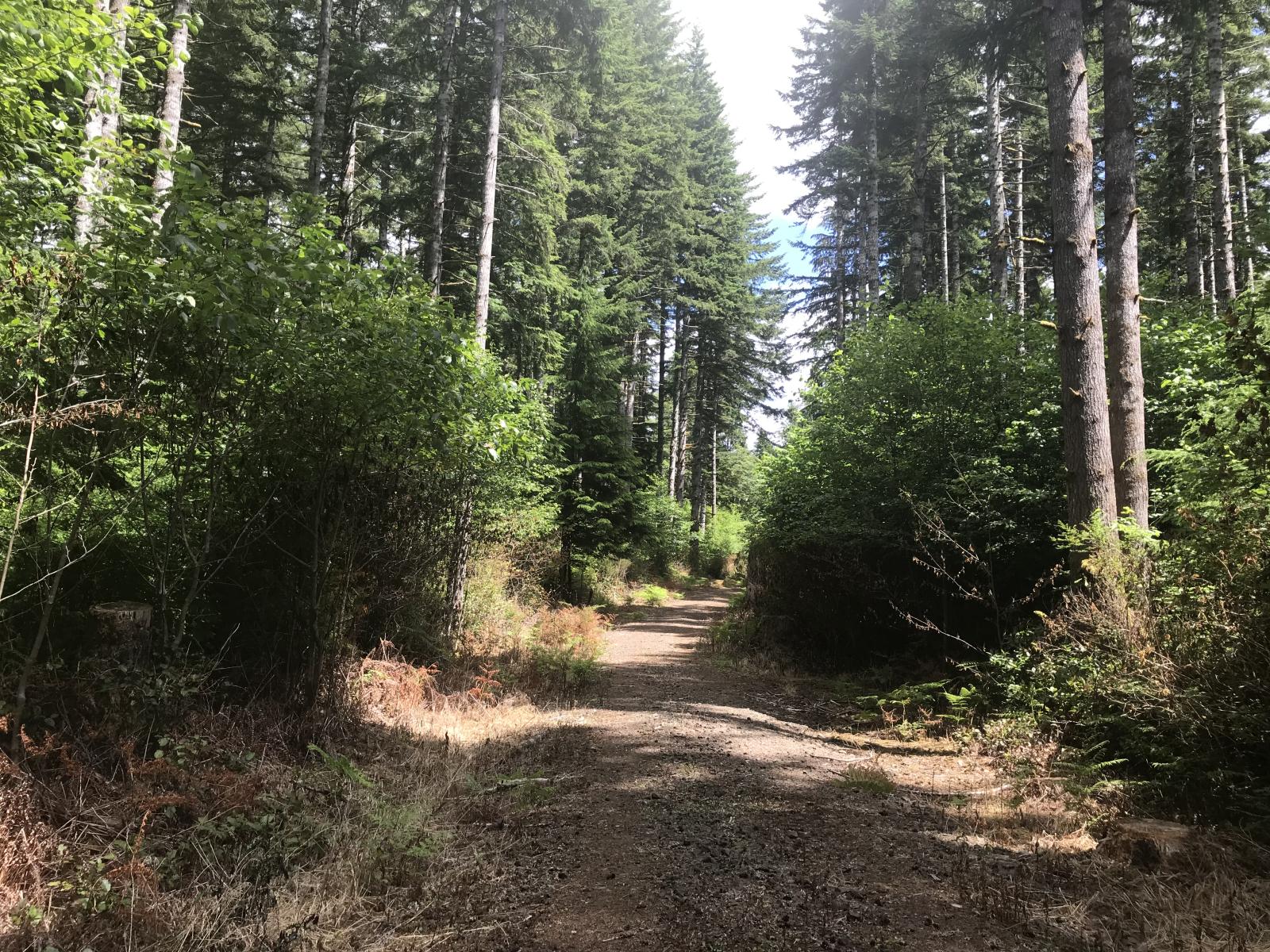This unit has limited access due to no available parking.

The Olympic Unit consists of several parcels within the Wishkah River Valley. These areas are popular during hunting season and used throughout the year for hiking, biking, and wildlife viewing. Various streams wind their way through lush rain forests, and salmon and other fish species occupy the rivers. Although the purchase of the area was intended for elk management, upland bird use has also increased and various other species of wildlife use the habitat.
The Olympic Unit is located 15 miles north of Aberdeen in Grays Harbor County and consists of several parcels within the Wishkah River Valley.
The Olympic Unit occurs in both the Lower Chehalis River and Grays Harbor watersheds within the Pacific Northwest Coast. Surrounding land uses include private residential, agriculture, and timber production.
This unit is part of the Olympic Wildlife Area.
Game Management Units: 648, 642, 638
Getting there
Maps and directions to WDFW-managed access points for this unit. Opens Google Maps in a new tab.
Recreation and public access
A Discover Pass is required on WDFW lands -- including water access areas, wildlife areas, and campgrounds -- unless you already have a Vehicle Access Pass issued with the purchase of an eligible hunting or fishing license. Recreate responsibly on public lands: please know the Public Conduct Rules.
Public facility information:
- No maintained parking
- No restroom
Recreation and access advisories
- Camping and overnight parking are prohibited
Hunting
Hunters may find opportunities to harvest deer, elk, and small game on this unit.
Hunting advisories
- It is unlawful to possess shot (either in shotshells or as loose shot for muzzleloading) other than nontoxic shot for any purpose on this unit (WAC 220-414-040)
Wildlife viewing
This unit includes lush rain forest, fields, and streams, offering opportunities to view a vaerity of wildlife, including elk, bald eagle, and ruffed and blue grouse.
Wildlife viewing is offered year-round.
Search for potential birding opportunities on or near a wildlife area unit by using eBird Northwest, a citizen science database portal that provides freely-shared bird lists at 'hotspots' and interactive maps plus other birding information updated daily.
Other recreational opportunities
This unit offers year-round opportunities for hiking and biking.
Conservation
The unit consists of forests and small fields, which are scattered among small, private tree farms, Department of Natural Resources land, and corporate timberlands. Various streams wind their way through lush rain forests. Vegetation includes Douglas fir, alder, and big-leaf maple as the primary tree species. Lower canopy and groundcover species include trailing blackberry, salmonberry, fireweed, vine maple, cascara, salal, and other valuable, herbaceous forage plants.
Special habitats and species
Although the purchase of the area was intended for elk management, upland bird use has also increased and various other species of wildlife use the habitat. Bald eagles frequent the area and ruffed and blue grouse are common. Salmon and other fish species occupy the rivers.
Conservation goals
- Improving and expanding the amount of elk winterage forage
Although the purchase of the area was intended for elk management, upland bird use has also increased and various other species of wildlife use the habitat. Bald eagles frequent the area and ruffed and blue grouse are common. Salmon and other fish species occupy the rivers.
- Improving and expanding the amount of elk winterage forage
Land stewardship
The Olympic Unit was purchased for elk management, primarily to provide winter forage and reduce elk damage throughout the lower valley.
Acquisition history
The parcels making up this area were purchased between 1950 and 2014.
| Funder | Fund |
|---|---|
| Private Grantor | Transfer of land |
| US Fish and Wildlife Service | Pittman-Robertson Wildlife Restoration Program |
| WA Dept of Fish and Wildlife | WDFW Game Fund (now Wildlife Fund) |
Management planning
2006 Olympic-Willapa Hills Wildlife Area Management Plan
Every eight to 10 years, the Washington Department of Fish and Wildlife (WDFW) revises management plans for each of its 33 wildlife areas to document current conditions, address new agency initiatives, and identify new management priorities and actions. In between those major revisions, WDFW updates plans every two years to outline short-term objectives and accomplishments. In 2014, WDFW began the process of updating existing plans, many of which were written in 2006. The new plans are being developed with significant public participation and input.